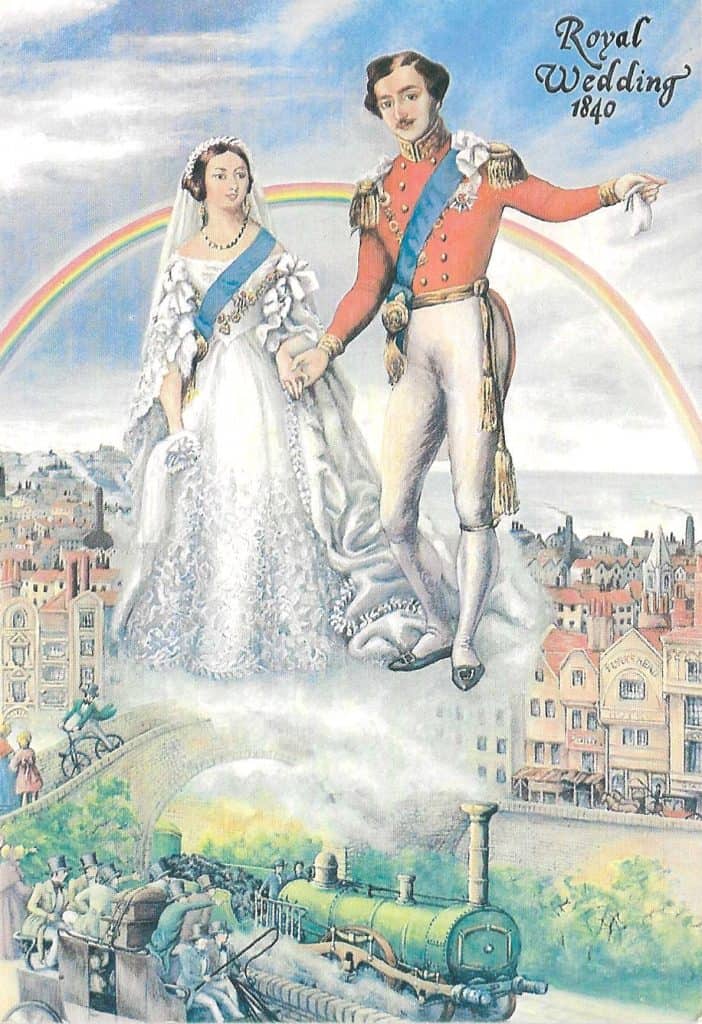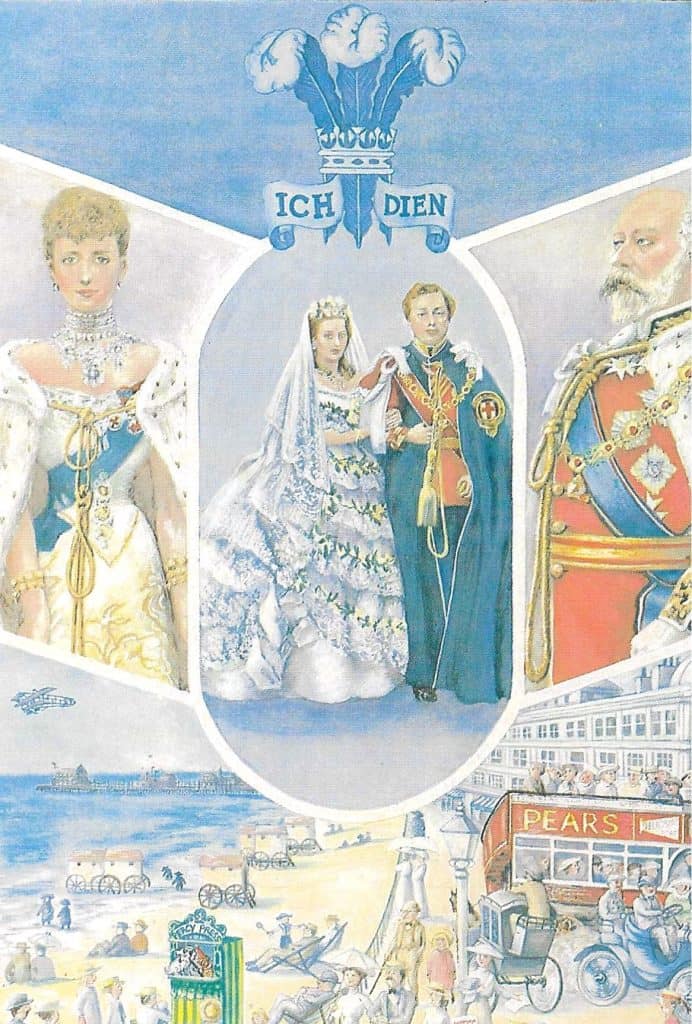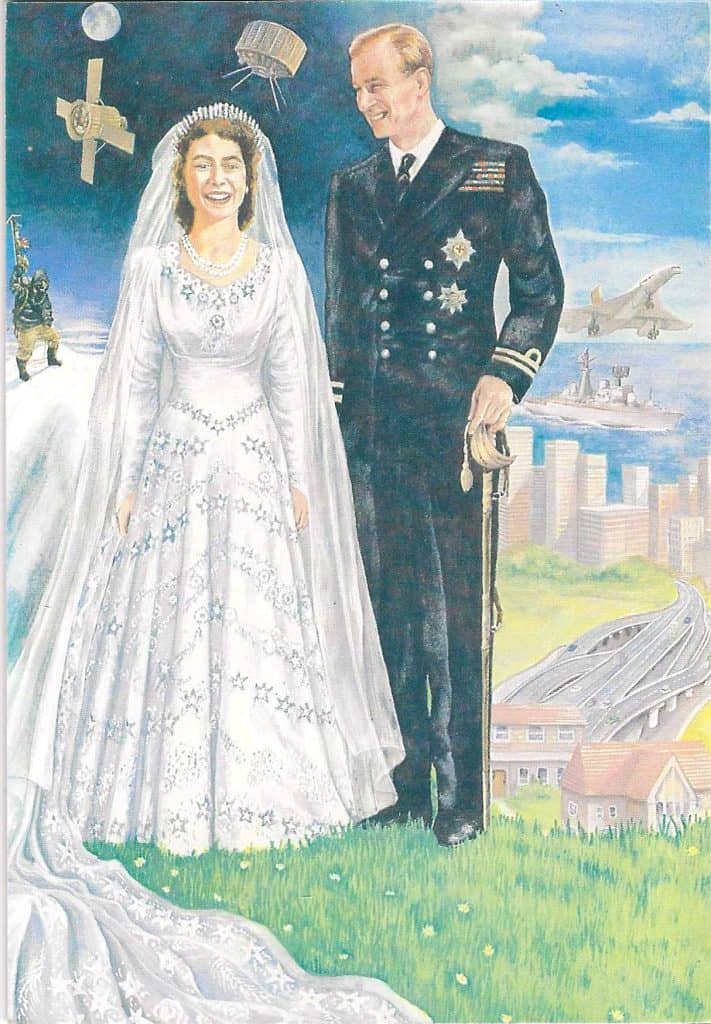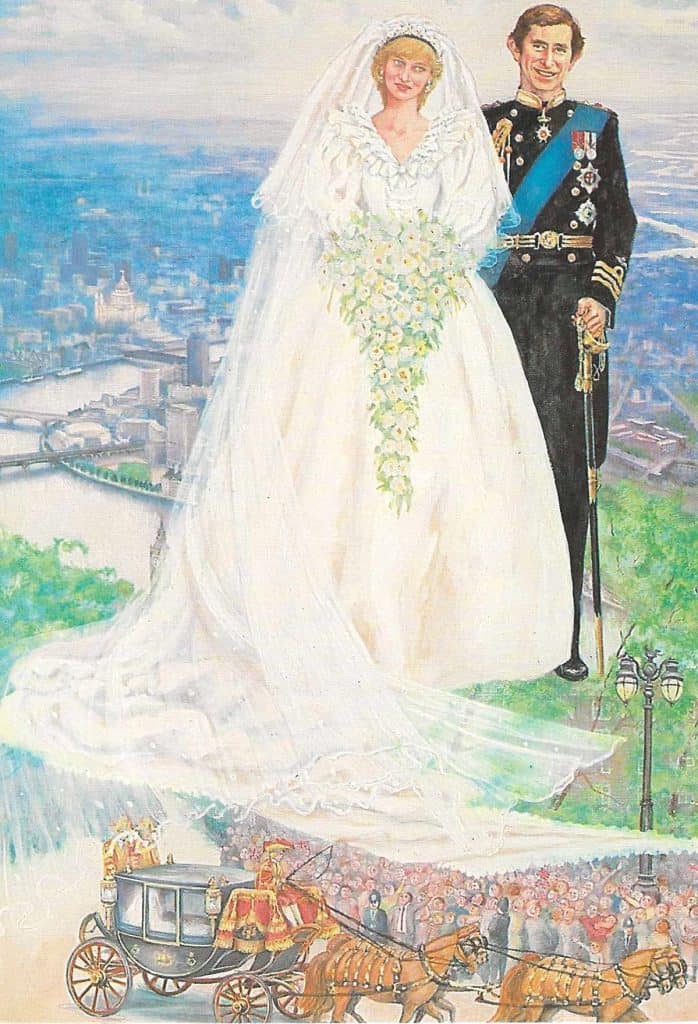A royal wedding has, since the days of Victoria, always captured public attention, and often in very intense ways. Set aside the personal feelings between the principals and the event becomes a grand spectacle that reflects not only the personal but the political, social, and cultural as well.

Starting with the union of Queen Victoria and Prince Albert, through to the marriage of Prince Charles and Lady Diana Spencer in 1981, these ceremonies have become landmarks in history by which many British citizens remember their own landmark events.
Queen Victoria’s wedding to Prince Albert on February 10, 1840, is often thought to be the first of the “modern royal weddings.” It happened in the Chapel Royal at St. James’s Palace and was quite notable for its emotional sincerity.
Victoria was indelibly romantic. She infused her wedding with personal touches, like choosing a white gown made of white satin that was a sharp departure from the traditional extravagant colorful attire of previous royal brides. The simplicity of her dress would forever alter wedding fashion and set the standard of white as the color of choice for brides worldwide. Their marriage was a love story that would shape the royal family for generations.
Queen Victoria and Prince Albert had nine children, and their offspring’s marriages often became significant political maneuvers that strengthened alliances between European powers. The wedding of Victoria’s daughter, Princess Victoria, to Frederick of Prussia in 1858 is notable not just for its personal implications but also for its diplomatic import that created strong ties between Britain and Germany.

Victoria’s eldest son, Prince Albert, later King Edward VII, married Princess Alexandra of Denmark on March 10, 1863. The young couple, he was 21; she was 18, were married at St George’s Chapel, Windsor Castle.
The family called him Bertie. She was Alix.
Interestingly, the union of Edward and Alexandra was one that carried only a few political factors. By the time of the wedding, Prince Albert had already accomplished the most critical goal of his diplomatic life. In the year before his marriage, the British government tasked Edward to secure a friendship with Egypt’s ruler, Said Pasha, to prevent French control of the Suez Canal if the Ottoman Empire collapsed. He returned to England with a successful agreement, and preparations for his engagement began.

The subsequent decades (from the 1870s to the 1920s) saw the British monarchy face various challenges, including political upheaval and royal scandals that contrasted sharply with their history. Nevertheless, royal weddings continued to be symbols of unity among nations.
For instance, the wedding of the Duke of York, later King George V, and Princess Mary of Teck in 1893 garnered significant public attention, in the face of increasing antimonarchist sentiment in Europe. Britain’s monarchy, however survived.

Transitioning into the 20th century, the wedding of Prince Edward, Duke of Windsor, and Wallis Simpson in 1937 marked a turning point in royal marriage traditions. Edward’s abdication to marry an American divorcée exhibited a sacrifice made for love. It went on against all traditional expectations. Their wedding was private and typified a changing society.
Edward’s brother, Prince Albert ascended the throne on December 11, 1936.
Albert and Elizabeth had married on April 26, 1923, in Westminster Abbey. Albert’s marriage to someone not of royal birth was considered a modernizing gesture.
His father ascended the throne as George V in 1910. As the second son of the king, Albert was not expected to inherit the throne. He spent his early life in the shadow of his elder brother, Edward, the heir apparent.
Albert attended naval college as a teenager and served in the Royal Navy and Royal Air Force during the First World War. In 1920, he was made Duke of York. His marriage to Lady Elizabeth Bowes-Lyon was popular but much less subdued since he was not the monarch. They had two daughters, Elizabeth and Margaret.

King George VI died in 1952. His daughter, Elizabeth, became queen on February 6th.
The wedding of Princess Elizabeth and Prince Philip occurred in 1947. Their marriage came at a time when the country was rebuilding after the war. Set against a backdrop of rationing, Elizabeth’s dress was made with fabric sent from the USA. The ceremony, broadcast on the radio, allowed the British public to partake in the spectacle, fostering a sense of national unity and celebration during austere times.
Elisabeth and Philip had four children: Charles, Anne, Andrew, and Edward.
More than three decades passed before the royal family had another wedding that involved a monarch.
The wedding of Prince Charles and Lady Diana Spencer on July 29, 1981, stands out as one of the most iconic royal weddings in history. With an estimated 750 million viewers globally, the fairytale-like ceremony showcased a drama that played out on the world’s stage.

Designed to be spectacular, Diana’s dress, with its 25-foot train, and the grandeur of St. Paul’s Cathedral lent an air of regal opulence that captivated every observer.
However, this attraction masked underlying tensions and disappointments within the marriage, ultimately leading to its dissolution and impacting the perception of the British monarchy.
The media frenzy surrounding Charles and Diana’s wedding also signified the complex relationship between the monarchy and the press, as the royal family began to recognize the implications of public scrutiny. Diana’s relatable persona contrasted sharply with the royal family’s more reserved demeanor – a significant change in social norms.
In the decades since, Charles’s and Diana’s sons (William, the Prince of Wales and heir to the throne, and Harry, the Duke of Sussex) have grown into adulthood as responsible men with families of their own. Both participated in the family’s last royal weddings and faithfully demonstrated their respect for the British citizens they serve and the traditions that are still held in high regard.
* * *
The fanciful art on the six-card set is anonymous, but they are protected
by a British copyright and published by Ashwell Publications, Ltd.
The USA did have a royal family…JFK
i wonder how the Prince Albert who later became King Edward VII would feel knowing that he is now best known as the namesake of a pipe tobacco which inspired the “Do you have Prince Albert in a can?” phone prank.